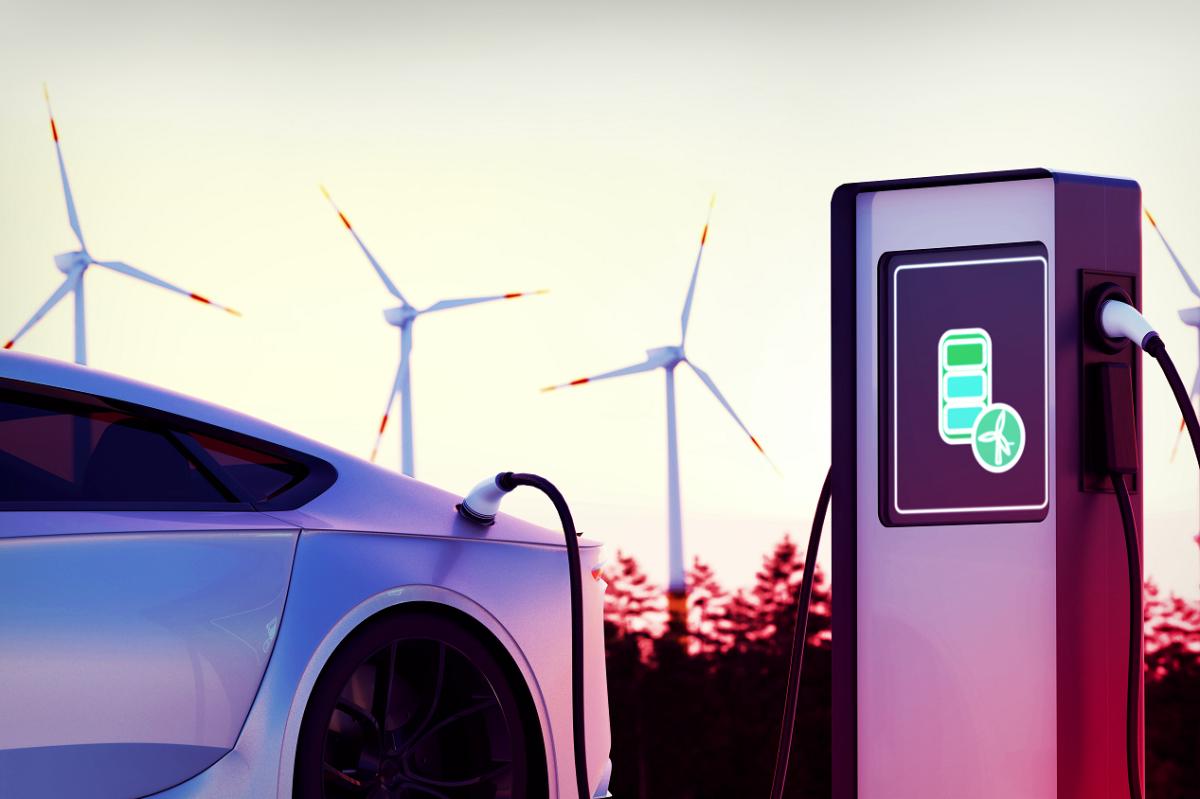Electric Vehicles on the Road to Sustainability
By Thomas Goetzl

Originally published by TU-Automotive News
Many automakers plan to transform their fleets to electric power over the next decade, with some announcing goals for fully electric lineups within five years. Automakers are making products that meet evolving industry standards for safety, emissions testing, and energy efficiency. They require electric powertrains, hybrid electric vehicles (HEV), and electric vehicle (EV) solutions addressing safety, regulatory, and environmental issues. This significant transformation represents a seismic shift in thinking and operations and introduces several challenges like pressure on the power grid and a need for sustainable, environmentally friendly material.
Last year, electric vehicle (EV) sales surpassed 6.7M worldwide, a 108% increase from the previous year. That number will likely grow over the next decade, according to the International Energy Agency (IEA), a Paris-based intergovernmental organization that monitors the global energy sector. The IEA anticipates that more than 300M electric cars will be on the road, accounting for 60% of new vehicle purchases. While the electric vehicle marketplace continues to expand, the recent sharp increases in oil prices further highlight this coming change.
Challenges of managing the battery power needs of electric vehicles
Along with the surge in electric vehicles come infrastructure, manufacturing, and regulatory challenges that will impact the automotive industry. The stark difference between the century-old combustion engine technology and a battery-powered electric vehicle presents enormous obstacles, none more important than the power grid.
Electric vehicles require an electric charge and recharging stations, and both use a tremendous amount of energy. Although some experts say that the expected volume of electric cars added to the current grid presents a recipe for disaster, others believe EVs will strengthen the power grid and make it more resilient. Only time will tell.
The existing electric grid has operated primarily on coal-fired plants that offer a minimum level of sustained power that provides energy certainty. Electric utilities know how to use the current power usage pattern. Moving from coal to renewable energy sources such as solar and wind in the power grid might create a less consistent power supply. Electric vehicles plugged into this grid will upset the traditional power use schedule with increased demand that could help push demand over supply, leading to system-wide failures.
Modernizing power grid standards critical to electric vehicle (EV) adoption
The power grid is the most complex machine on Earth. It combines power plants, an extensive network of transmission lines, and distribution centers that transport power across the country. The power grid is near its capacity and requires modernization to improve efficiency and resilience. With this complexity, power grid stakeholders must operate in a standardized, more imaginative fashion to manage the influx of electric vehicles in the next decade.
The world must create standards allowing vehicles to interact directly with the power grid. That includes meeting existing grid standards for pulling and pushing charge, so the car owns that connection point. Vehicles currently must employ an intermediary to charge, which reduces efficiency and further strains the grid. Instead, new power-converting technology, such as a built-in vehicle-to-grid (V2G), would allow cars to connect directly to the grid. They could charge but also disperse excess power back to the grid, improving overall resilience. Additional support must be given to power providers to make it easier for them to change production frequency to meet shifting demands.
Global battery demand hampers electric vehicle progress
Traditional automobiles feature significant amounts of metal in their construction, both in their body and engine parts. Electric vehicles require large amounts of other elements, including nickel, manganese, carbon, and lithium, for batteries.
These materials are in short supply, both from existing global supply chain challenges and the need for more resources to support something as significant as the global automotive industry. Crucial to the changes in manufacturing and materials are the car batteries themselves. Battery cells account for about 30% of an electric vehicle’s cost and feature a level of complexity mainly unknown to most manufacturers regarding testing, cell measurement, and other factors.
Lithium-ion car batteries have performed better than experts originally predicted. Early tests pushed many manufacturers away, feeling it would not become a viable technology. While some companies, like Tesla, forged ahead, others played catchup.
Electric vehicle batteries must not only operate the vehicle but also avoid becoming a scourge on the environment. The car batteries must remain safe for use but also safe 30 years after a second life. The goal is 50 years, although that will be difficult to reach. That still requires testing, measuring, standardization, and data and analytics to perfect these technologies.
The goal of electric vehicle and cell manufacturers should be to take emission-emitting vehicles off the road and improve manufacturing processes to create a green sustainable product. Along with production, these batteries and other car components must feature highly recyclable elements to ensure long-term sustainability.
Technology innovations pave the road to sustainable electric vehicles
Electric vehicles offer a tremendous opportunity to reshape transportation and lessen the automotive industry’s impact on the planet. Stakeholders must continue to find innovative solutions to solve the numerous ancillary concerns that come with the influx of EVs into the marketplace. Electric vehicle technology is still emerging, and standardizing energy use, updating manufacturing processes, and battery creation will go a long way toward creating a sustainable industry.
To find electronic vehicle (EV) solutions, start here.
To learn more about EV and EVSE charging testing, visit Kesight University.

